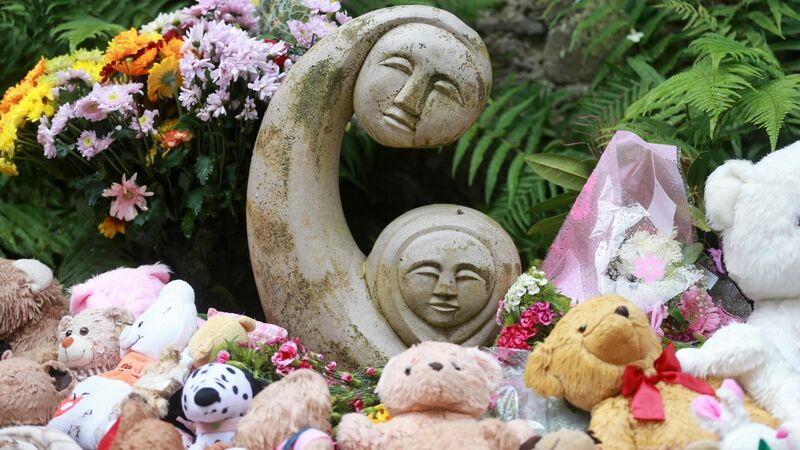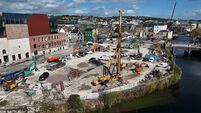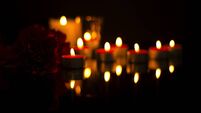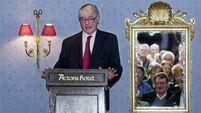Clodagh Finn: Gulf between findings and evidence must be clarified

Children's toys and flowers sit at the 'Little Angels' memorial plot in the grounds of Bessborough House in Blackrock, Cork. Picture: Laura Hutton/RollingNews.ie
“[My son was kept] in a closed off area called the dying room. I begged the nuns to bring my son to a hospital but they only did so after two weeks had passed. My son died in hospital. I do not even know whether he was buried in a coffin… There was never even a kind or sympathetic [word] spoken to me. My time in Bessborough was a horrible, horrific experience… I think I will die with the pain and trauma that was caused during this time.”
Rev [name omitted] told me that my child, who at that time was yet to be born, would be taken for adoption and that there was absolutely nothing that I could do about it because I wasn’t married to my girlfriend. He told me to forget about it and to get on with my life. Even now, 39 years later, when I recall those words I get an overwhelming feeling of sadness.”
The mother of a woman who became pregnant a second time reported this to the gardaí, who put her in front of a judge. “The judge ‘demanded’ to know who the father was, saying, the witness told the committee: ‘You’d better answer me now or I’ll put you away where nobody will see you again.’ The witness said she was transferred from the court to another home and then to yet another: back to where she had stayed during her first pregnancy.”
“My childhood was not a happy one and I do not view adoption as a guarantee of a ‘better life’. My upbringing was dysfunctional primarily involving my adoptive mother’s alcoholism and sexual abuse by my brother.”
: “I arrived at Bessborough … and during the summer months my job was cutting the lawn with scissors. I did this every day in a line with a group of other women. We were not allowed to stop when we felt tired. In the winter months I had to polish and scrub the corridors… I worked seven days a week every week until I went into labour.”
“Others told of nurseries in some mother and baby homes, where damaged, feeble, ill, sometimes those of mixed race — and ‘the handicapped’ babies (as the terminology of the time had it) were all housed together since the nuns believed they had little prospect of being chosen as adoptees.”
“We were locked in and there was absolutely no way of getting out.”
“[I was] brought to a room with a chair and a desk where I was told to sign the piece of paper put in front of me.” This woman, who wanted to keep her baby, refused to comply. She was then “dragged down the corridor by the nun to an office where I was made to sign the paper”. Many years later, the woman received documents relating to her child’s document including letters in her name. “I did not write those letters and did not get anyone else to write them for me.”
“Having been raised in an orphanage, this next witness was raped, became pregnant, and went into a home. Two supportive sisters living and working in the UK, had finally saved enough to pay her fare to come to the UK, with her baby, to live with them. They came to visit her in the home to give her the good news. ‘But the nuns overheard this conversation’, the witness told the committee, and one morning, shortly afterwards, she was ordered to dress her baby and was brought, with the baby, to an adoption agency.






